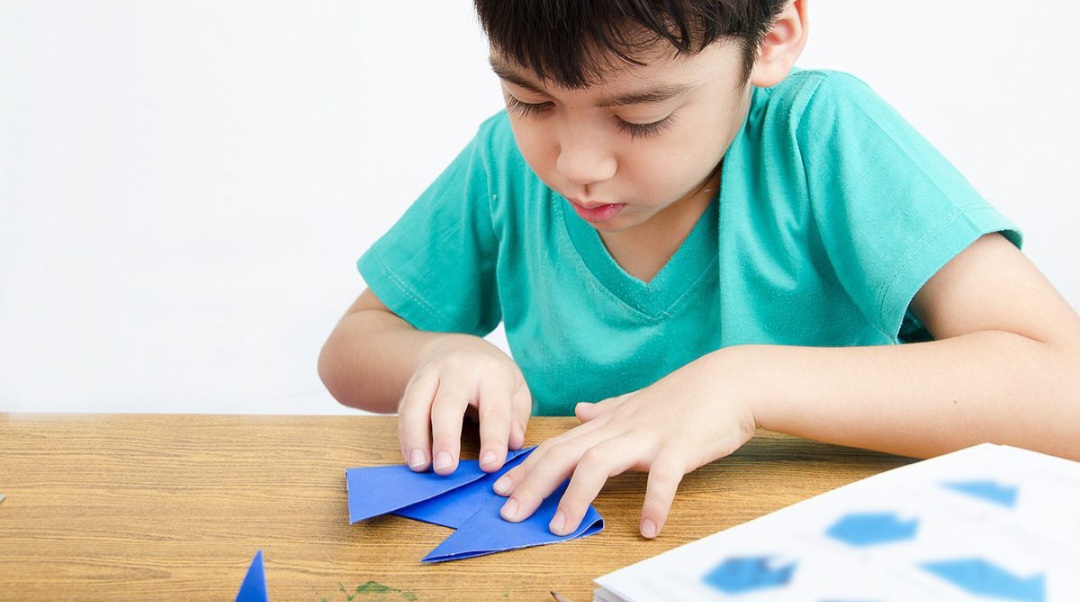A Brief History of Origami
A Brief History of Origami
A Brief History of Origami - Origami, the ancient Japanese art of paper folding, has captured the imaginations of people around the world for centuries. While its origins are still a matter of debate, what is certain is that it has spread across the globe and evolved into a vibrant art form with deep cultural roots. Let's explore the history of origami in Spain, Germany, the East, and the West.
Origami in Spain
Miguel Unamuno, a Spanish philosopher, discovered the bird base and sideways turn in the early 1900s, which allowed him to create a string of angular birds and animals. His designs were revolutionary, but he could only create them because the ban on representational origami had expired. Miguel went on to create original models like vultures and gorillas, and his followers helped to spread the art of origami to South America by the 1930s.
Origami in Germany
Friedrich Froebel, the German founder of the Kindergarten Movement, introduced paper folding into the classroom as a form of entertainment for children. He taught them three types of paper folding: mathematical, traditional, and decorative. At the time, the activity was known as Papierfalten, and it wasn't until after Froebel's death that his followers spread the art of origami throughout Germany.
Origami in the East
Origami's origins are still debated, but it is agreed that it was initially a pastime for the wealthy. Paper was expensive, so it wasn't accessible to the middle and lower classes. As Chinese trade expanded and paper became more affordable, the craft became something enjoyed by people of all classes. It's unclear whether paper folding spread from Japan to China or vice versa, but both countries have rich traditions of origami.
Origami in the West
Origami was introduced to Spain by the Moors and Muslims of North Africa, but their religion didn't allow for the creation of representational figures, so the Spanish were instructed on more geometric and ceremonial aspects of the craft. In the early years in the Western nations, origami was considered a child's pastime, and even books on the subject were geared towards youngsters. However, it became increasingly popular among adults who were drawn to its artistic or mathematical features.
In Victorian England, children loved origami and practiced it in classrooms. Even Lewis Carroll's "Through the Looking Glass" contained drawings of origami hats. As time went on, origami became more sophisticated and refined, and it's now considered a true art form with practitioners all over the world.
In conclusion, origami's journey across the globe has been a fascinating one, with each culture adding its unique touch to the craft. Today, it's a popular hobby that continues to evolve, and there's no telling what exciting innovations lie ahead.
Frequently Asked Questions about Origami:
Q: What kind of paper should I use for origami?
A: Origami paper is the best option, but any thin and sturdy paper will work. Avoid paper that is too thick or flimsy, as it will be difficult to fold.
Q: Is it necessary to use origami paper with patterns?
A: No, it's not necessary. Plain paper is perfectly fine, but patterned paper can add an extra dimension to your origami creations.
Q: Can children learn origami?
A: Absolutely! Origami is a great way to develop fine motor skills and creativity in children. There are many simple designs that are perfect for beginners.
Q: Can I create my own origami designs?
A: Yes, you can! While it may take some practice, origami is a versatile art form that allows for endless creativity.
Tips for Beginner Origami Enthusiasts:
Start with simple designs. As with any new skill, it's important to start with the basics and work your way up.
Be patient. Origami can be a challenging art form, so take your time and don't get discouraged if your first attempts don't turn out perfectly.
Follow instructions carefully. It's important to follow the step-by-step instructions carefully in order to achieve the desired result.
Practice, practice, practice. The more you practice, the more confident you'll become in your abilities.
Have fun! Origami is a fun and rewarding hobby, so enjoy the process and don't take it too seriously.
